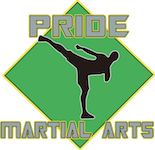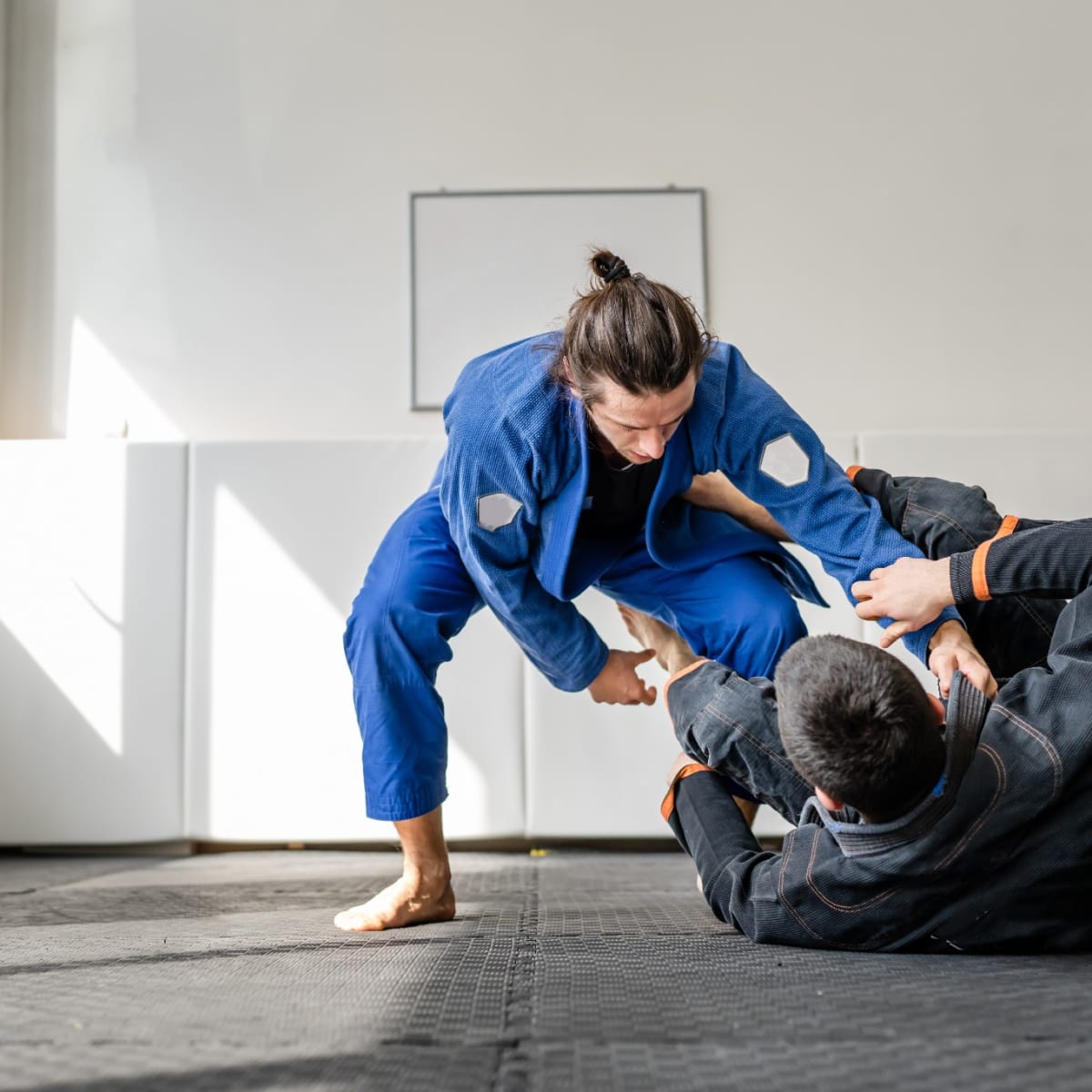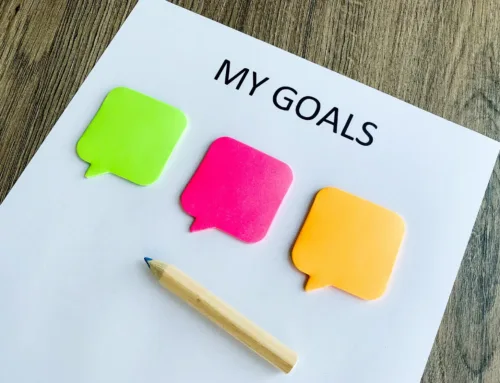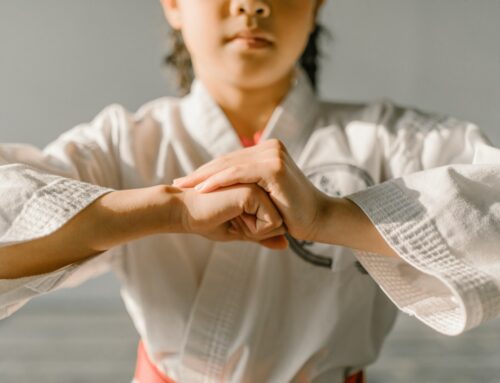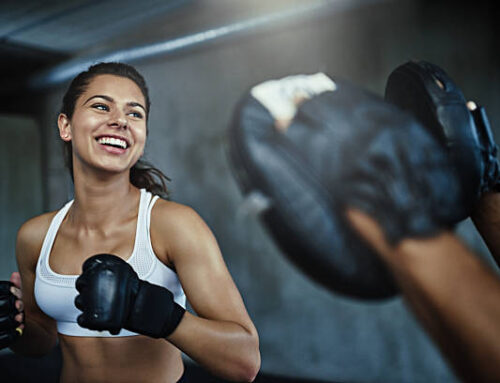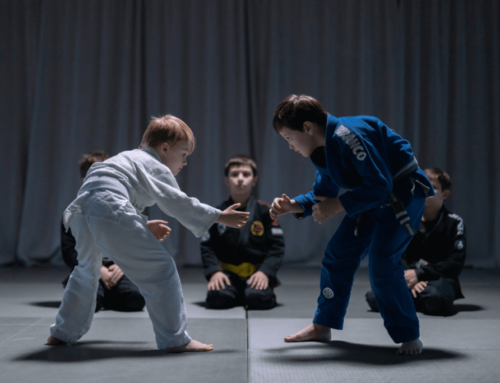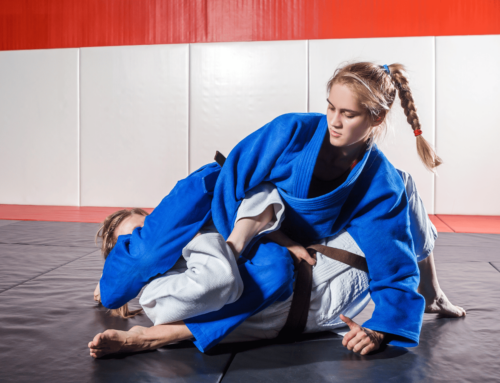Diving into Adult Mixed Martial Arts (MMA) training can be both exciting and a bit daunting. Whether you’re looking to get in shape, learn self-defense, or just try something new, MMA offers a fantastic combination of physical fitness and mental toughness. With a mix of striking, grappling, and defensive techniques, MMA is a well-rounded martial art that challenges both your body and mind.
MMA isn’t just about fighting; it’s about building a stronger, healthier you. The training includes intense cardio workouts, strength building exercises, and flexibility drills, all designed to boost your endurance and physical capabilities. It also teaches valuable self-defense skills, giving you the confidence to handle challenging situations.
Let’s dive in and see what it takes to start your journey in Adult MMA training!
Getting Started with Adult MMA Training
- Setting Realistic Goals
Before starting any MMA training, it’s important to set realistic goals. Think about what you want to achieve. Are you looking to improve your fitness, learn self-defense, or compete in matches? Your goals will help shape your training plan and keep you motivated.
Start with small, achievable milestones to build your confidence and track your progress. This could be anything from attending a certain number of classes each week to mastering specific techniques.
- Finding the Right Gym and Instructor
Choosing the right gym and instructor plays a big role in your MMA journey. Look for a gym that has a good reputation and offers classes that fit your schedule. Visit different gyms and observe a few classes to see how they are run.
Talk to the instructors and ask about their experience and teaching style. It’s important to feel comfortable and supported in your training environment. Ask other students about their experiences to get a better idea of what to expect.
- Basic Gear and Equipment You Need
To get started with MMA, you’ll need some basic gear. This includes comfortable workout clothes, MMA gloves, a mouthguard, and shin guards. Some gyms provide gear, but it’s a good idea to have your own for hygiene and comfort reasons.
Make sure you have a water bottle to stay hydrated and a bag to keep your gear organized. Investing in good quality gear will help you train safely and effectively.
Core Techniques for Fitness and Self-Defense
- Striking Basics (Punches, Kicks, Elbows, Knees)
Striking is a fundamental part of MMA, involving techniques like punches, kicks, elbows, and knees. Learning these basics is essential for both offense and defense. Start with simple punches like jabs and crosses, then move on to kicks such as roundhouses and front kicks. Elbows and knees are great for close combat and can be very effective in self-defense situations. Practicing these strikes will improve your coordination and power.
- Grappling and Ground Techniques
Grappling involves techniques used to control and submit your opponent. This includes takedowns, locks, and holds. Learning how to grapple effectively can give you an edge in many situations, both in the ring and in self-defense.
Ground techniques focus on controlling your opponent when the fight goes to the ground. This includes moves like guard positions, escapes, and submissions. Mastering these techniques requires practice and patience but is very rewarding.
- Defensive Maneuvers and Escapes
Defense is just as important as offense in MMA. Learning how to block strikes, maintain proper distance, and use evasive maneuvers will help you avoid getting hit. Defensive techniques also include escapes from grappling holds and submissions.
Practicing these moves regularly will increase your ability to protect yourself and counterattack effectively. Good defense not only keeps you safe but also provides opportunities to launch your own attacks.
Conditioning and Strength Training
- Cardio Workouts to Boost Endurance
Cardio is a key part of MMA training. Improving your endurance helps you stay strong throughout long training sessions and matches. Running, cycling, and swimming are excellent cardio workouts that boost your stamina.
You can also try high-intensity interval training (HIIT), which combines short bursts of intense activity with rest periods. Jump rope routines are another popular choice among fighters, helping to build agility and cardiovascular endurance.
- Strength Training Exercises for MMA
Strength training builds the muscle you need for powerful strikes and solid grappling. Focus on compound exercises that work multiple muscle groups, like squats, deadlifts, and bench presses.
Bodyweight exercises such as push-ups, pull-ups, and lunges are also excellent for building functional strength. Incorporate strength training into your routine a few times a week, and make sure to vary your exercises to target different muscle groups.
- Flexibility and Mobility Drills
Flexibility and mobility are just as important as strength in MMA. Being flexible helps you perform techniques more effectively and reduces the risk of injuries. Stretching exercises, yoga, and dynamic warm-ups can help improve your flexibility.
Mobility drills like hip openers and shoulder rotations keep your joints healthy and strong. Spending time on flexibility and mobility will enhance your overall performance and make your movements more fluid.
Tips for Staying Motivated and Consistent
- Tracking Your Progress
Keeping track of your progress keeps you motivated and helps you see how far you’ve come. Use a training journal to record your workouts, techniques you’ve learned, and any personal milestones. You can also take progress photos or videos to monitor improvements in your form and strength. Celebrating small victories along the way makes your journey more enjoyable and rewarding.
- Balancing Training with Rest and Recovery
Balancing training with rest is crucial for preventing burnout and injuries. Your body needs time to recover and build strength. Schedule rest days into your training plan to allow your muscles to heal.
Listen to your body and take breaks if you feel overly fatigued or sore. Incorporating activities like stretching, foam rolling, and light exercises on rest days can help with recovery and keep your body in top shape.
- Joining a Community or Finding a Training Partner
Training with others can make your MMA experience more enjoyable and keep you accountable. Joining a community of like-minded individuals gives you support and encouragement. Consider finding a training partner to practice techniques and drills together.
Working with a partner challenges you and helps you learn faster. Being part of a supportive community or having a dedicated partner can keep you motivated and committed to your training goals.
Achieve Fitness and Self-Defense Goals with These Adult MMA Tips
Adult MMA training is an exciting journey that offers numerous benefits for fitness and self-defense. With the right goals, gym, and gear, you’ll feel prepared and motivated to begin. Learning core techniques like striking and grappling, along with defensive maneuvers, builds a solid foundation. Conditioning and strength training improve your physical abilities, while staying motivated ensures consistent progress.
Remember to balance your training with adequate rest and recovery to prevent injuries and boost performance. Joining a community or finding a training partner provides support and makes your training more enjoyable.
At Pride Martial Arts Academy, we offer expert guidance and a welcoming environment to help you achieve your martial arts goals. Take the first step towards a stronger, more confident you by joining our adult MMA classes today!
